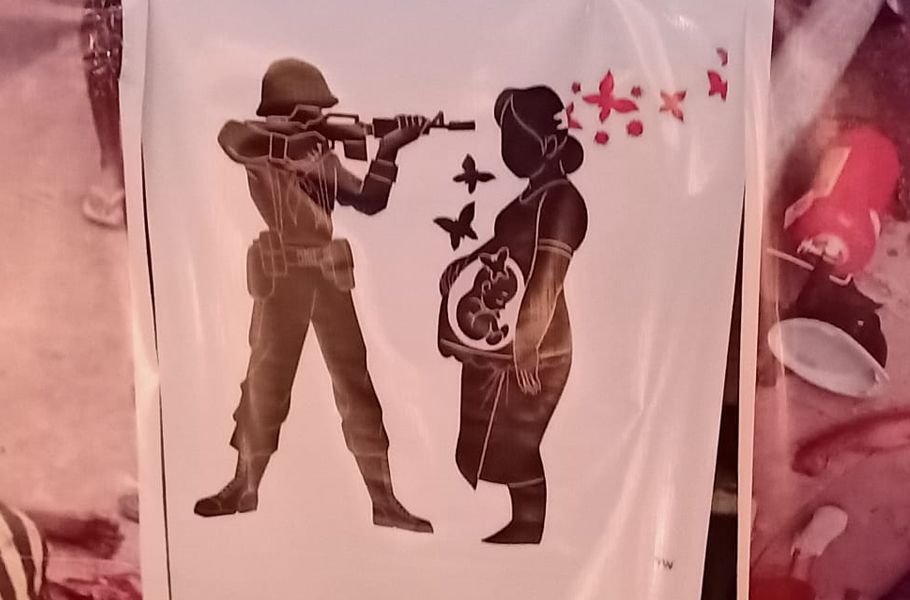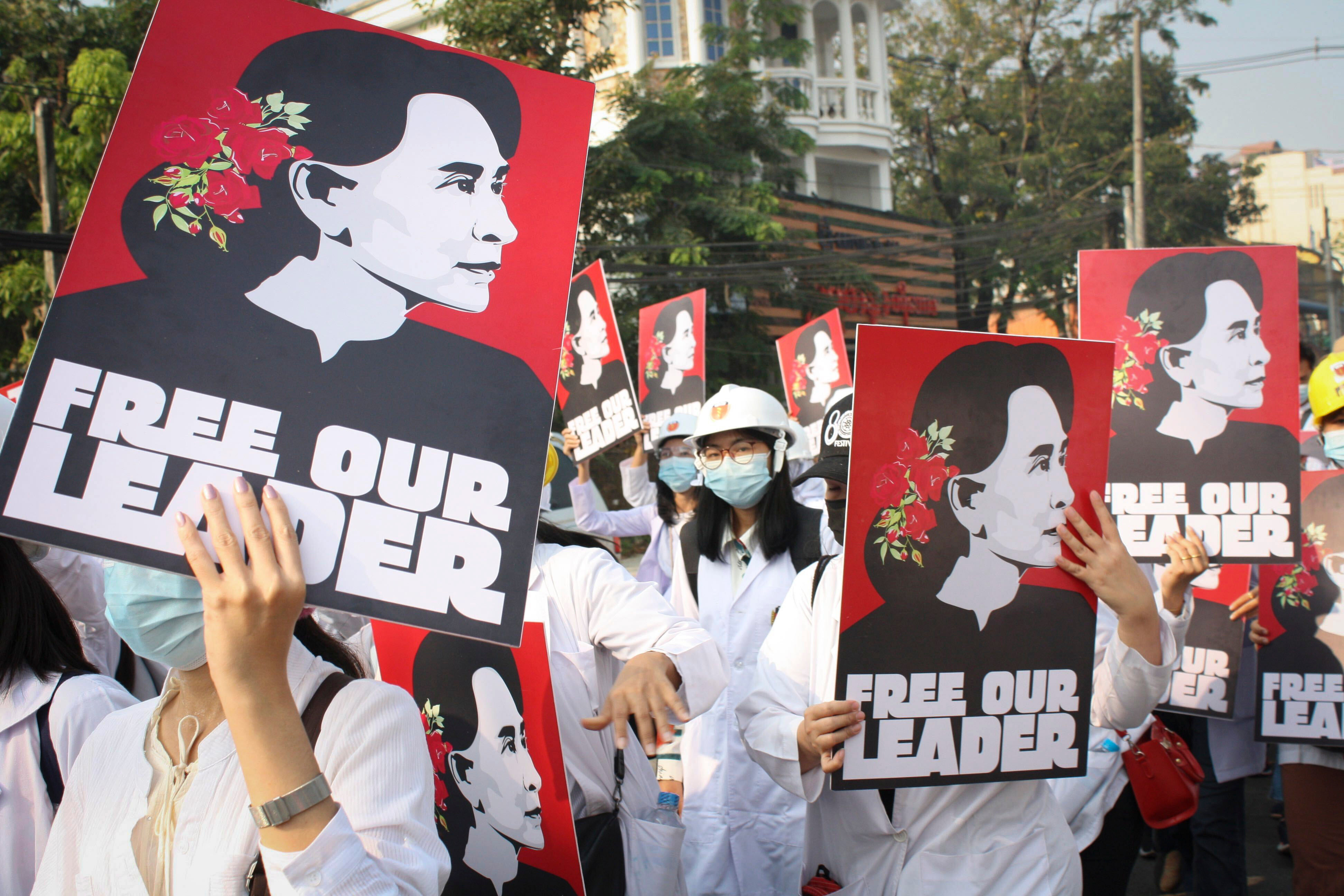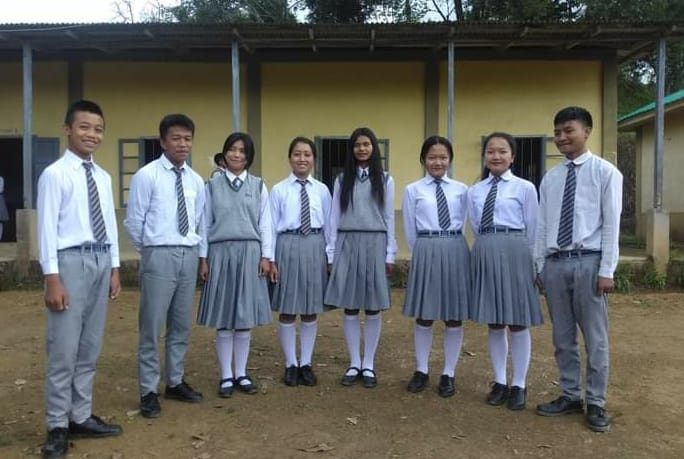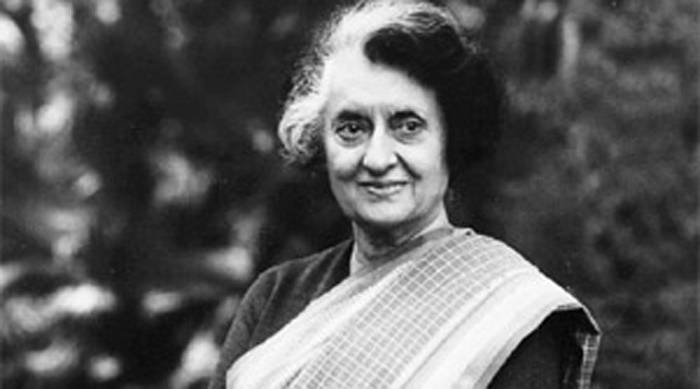
India helped liberate Bangladesh. Why are we mute in face of Myanmar crisis?

The current humanitarian crisis in Myanmar and its spillover effects in India are in many ways reminiscent of what unfolded in another eastern neighbourhood of India more than 50 years ago.
Brutal repression of the people by a military regime, strong civilian resistance, and exodus of people – these are some of the tragedies that befell Bangladesh as well.
A civil disobedience movement broke out in what was then East Pakistan after the Pakistani military annulled the results of the 1970 parliamentary election won by the Awami League, headed by Sheikh Mujibur Rahman.
Starting March 25, 1971, the discontent and cultural nationalism was met by brutal force from the ruling elite of West Pakistan, in what came to be termed as ‘Operation Searchlight’.
In fact by March 25 the junta had already murdered an estimated 7,000 people and arrested 3,000, including prime minister-designate Mujibur Rahman, triggering an exodus of civilians to India.
Independent researchers estimate that around 300,000 to 500,000 people were killed in the eight-month-long genocide. According to the United States intelligence agency, the CIA, around 200,000 people were killed. The Bangladesh government puts the figure at three million.
As a result of the conflict, around eight to 10 million people fled the country to take refuge in India.
In Myanmar the number of dead and displaced may be fewer, but the brutality is no less severe.
According to a United Nations report earlier this month, at least 1,300 people have been killed and more than 10,000 have been detained since the military grabbed power in the Southeast Asian country on February 1. Among those in custody and on trial is Nobel laureate

.More than 15,000 people are estimated to have crossed the border into India since the coup, UN Secretary-General Antonio Guterres said in October, raising concerns about the regional implications of the crisis. The number has gone up by another few thousands in the past couple of months.
Many have also fled to Thailand and China.
The crisis, however, has not evoked a response from India that would match the role the then government headed by Indira Gandhi played in Bangladesh.
The Narendra Modi government has so far refused to play a proactive role in defusing the crisis, despite the fact that it could adversely impact India, particularly its north-eastern region. Its overcautious approach stems from fears that isolating Myanmar’s junta could impact anti-insurgency operations in India’s northeast, and also further tilt the neighbouring country towards China.
Also see: Myanmar crisis and its fallout on India
In reality, the junta is already eating out of China’s hand. It has now fast-tracked the Kyaukphyu Special Economic Zone and deep-sea port project in western Rakhine State, a key strategic component of China’s Belt and Road Initiative. The projects were slowed down during the tenure of the ousted National League for Democracy government, which wanted a greater shareholder stake for Myanmar.
As for counter-insurgency operations, unlike the Bangladesh government, which has weeded out bases of Northeast insurgents in that country and handed over to India all the top militant leaders holed up there, Myanmar’s approach has been half-hearted.
‘Operation Sunshine’, which the Myanmar military has been carrying out against the Indian militants for the past few years, has so far helped net only a few middle-rung leaders. Last week the Myanmar army handed over to India five cadres of Manipur’s banned Revolutionary People’s Front and its armed wing, the People’s Liberation Army, as part of the ongoing operation. The top leaders of most Northeast militants continue to find a safe haven in Myanmar.
A turbulent Myanmar is also good for Indian insurgents based there, as the crisis keeps the junta engaged in quelling local unrest.
There is no reason to believe that New Delhi’s guarded response to the ongoing developments would change the junta’s wishy-washy approach towards India. More so not in the post-coup scenario, when it is trying to further cosy up to China.
India has nothing much to gain from the junta. But if New Delhi remains a silent spectator to the situation and allows the conflict to fester, it is bound to add to India’s woes.
First of all, the steady flow of refugees from Myanmar to Mizoram, Manipur, Nagaland and Arunachal Pradesh may eventually lead to social disturbances due to stress on limited resources of these small states.

Already the Mizoram government, which is hosting the bulk of refugees — estimated to be more than 15,000 now – has approached the Centre seeking financial aid to deal with the crisis, citing strain on its exchequer.
As of now Mizoram is welcoming refugees with open arms, but if people continue to pour in, it will lead to social tensions, as has happened in the past.
Also read: In Mizoram, Myanmar’s children find refuge and school
Chin migrants from Myanmar, who had taken shelter in Mizoram escaping military repression in 1988, were served a ‘quit’ notice on November 14, 2010, by a joint committee of village councils, because they felt that the refugees were involved in crimes.
Another influential non-state agency, the Young Mizo Association, issued a quit notice to refugees in April 2013 for their alleged involvement in illegal activities. Chin houses were burnt down by mobs, forcing many refugees to return home.
Back then the Delhi-based Institute for Peace and Conflict Studies had observed in a report: “Mizos got worried that the Burmese migrants would gain political power, which led to the backlash.”
Local leaders and politicians used migrants as scapegoats for all evils, the report said.
A similar situation cannot be ruled out this time, as thousands continue to be displaced in the troubled country where the military has intensified its crackdown, carrying out even airstrikes on civilian areas.
Moreover, if peace is not restored immediately, India will also risk frittering away huge investments it has made in a slew of projects in Myanmar, which include a trans-Asian highway to Thailand and Kaladan Multi-Modal Transit Transport Project in Rakhine State, aimed at boosting connectivity to landlocked Northeast.
Apart from self-interests, India as the world’s largest democracy also has a moral obligation to help put in place a people-mandated government in Myanmar and restore peace. Instead of doing that, India seems to be providing legitimacy to the discredited junta by its participation in the military parade on the Myanmar Armed Forces Day on March 27.

New Delhi’s current stand is a far cry from the leadership role played by Indira Gandhi to end the massacre in Bangladesh, where the situation was much more complicated because of the involvement of Pakistan and the support it was getting from the United States and China.
Making it clear to the world that India could not turn a blind eye to the genocide, she gave all help to the people of East Pakistan to put up resistance against the repressive regime, mobilised international support for their cause and, when push came to shove, even made military intervention that culminated in the creation of Bangladesh and a decisive victory in the 1971 war against Pakistan.
Such a proactive and righteous role is expected of India again, at least in its immediate neighbourhood, if it aspires to be a ‘Vishwaguru’ in the true sense.

